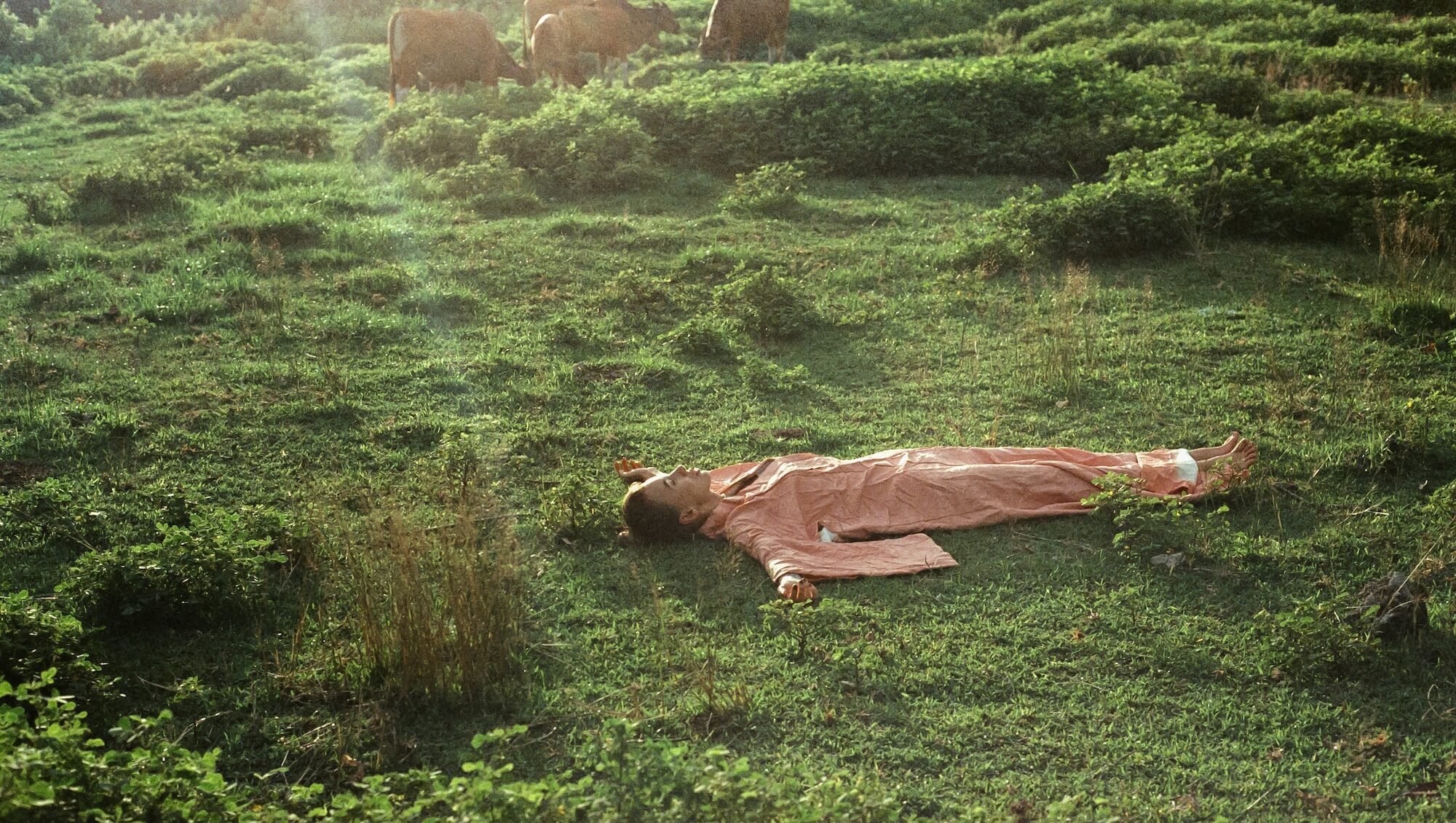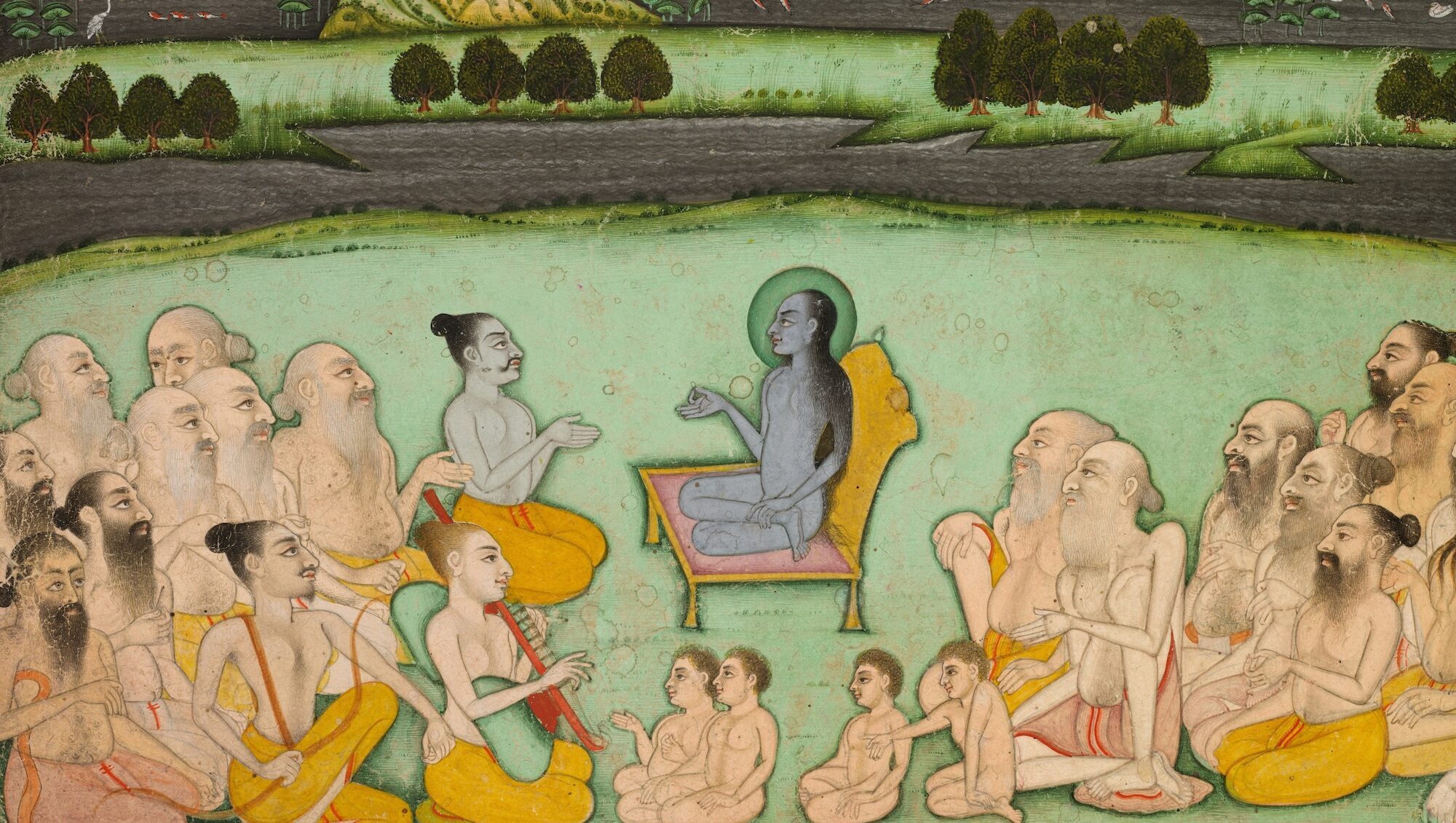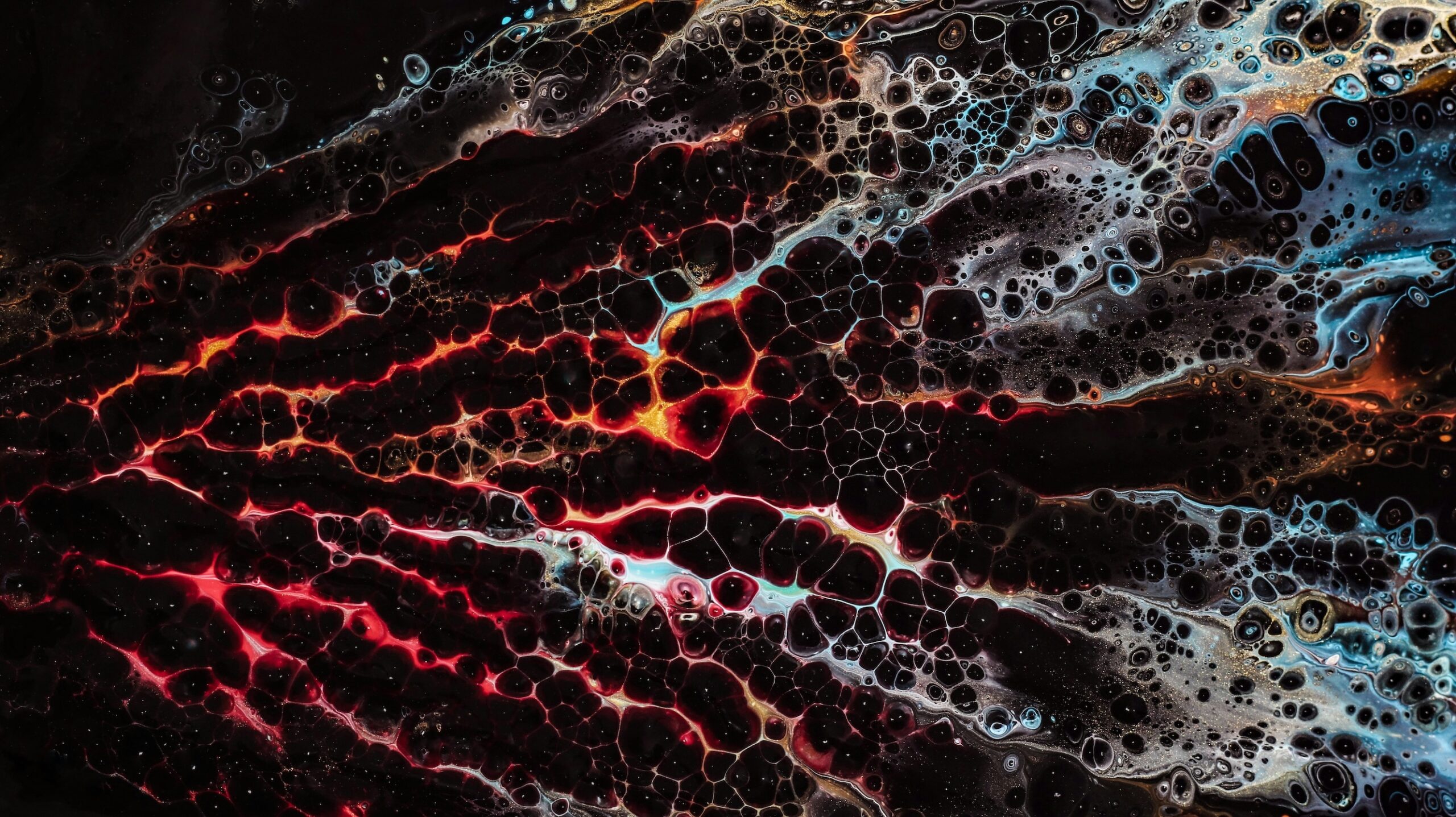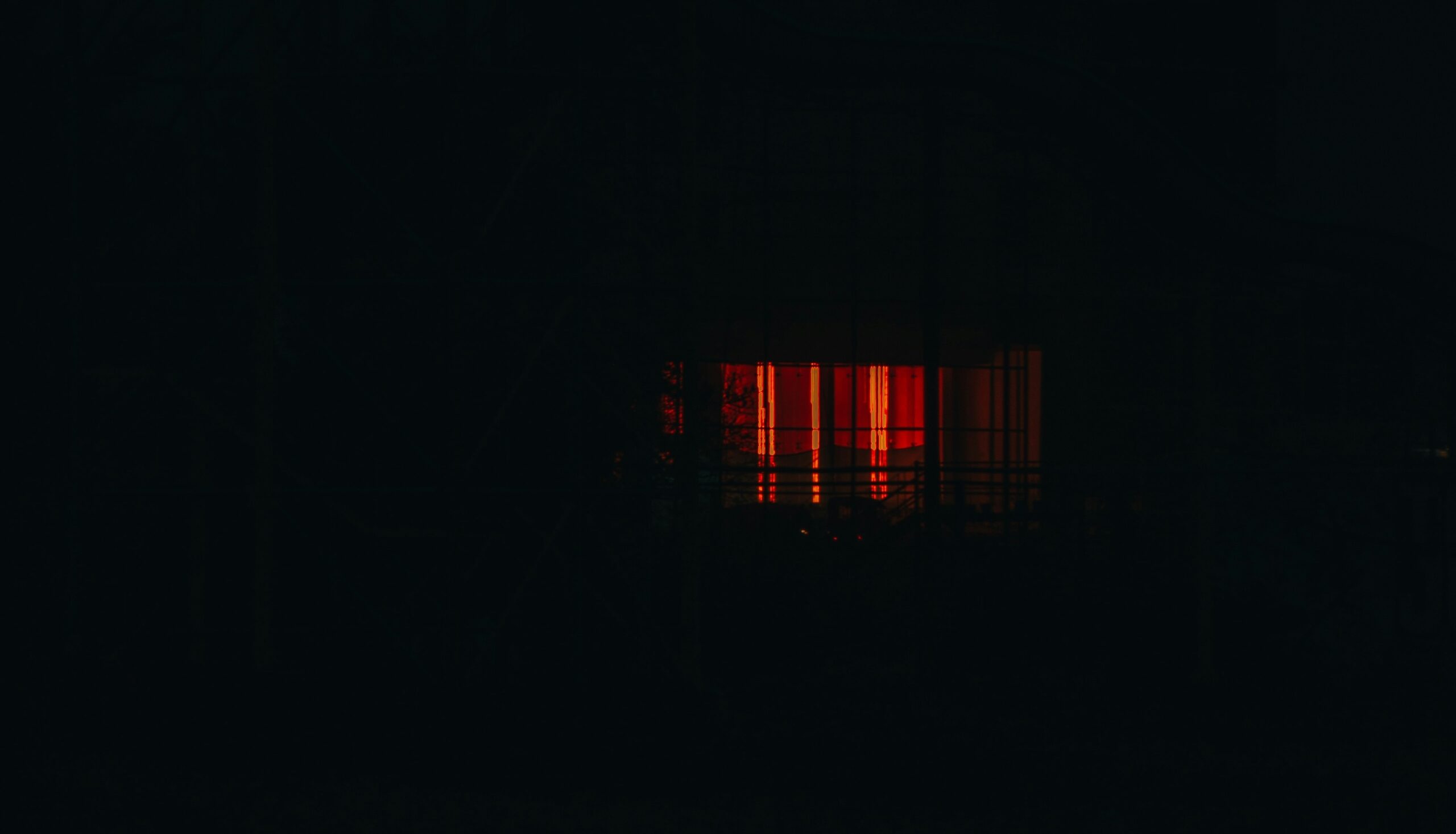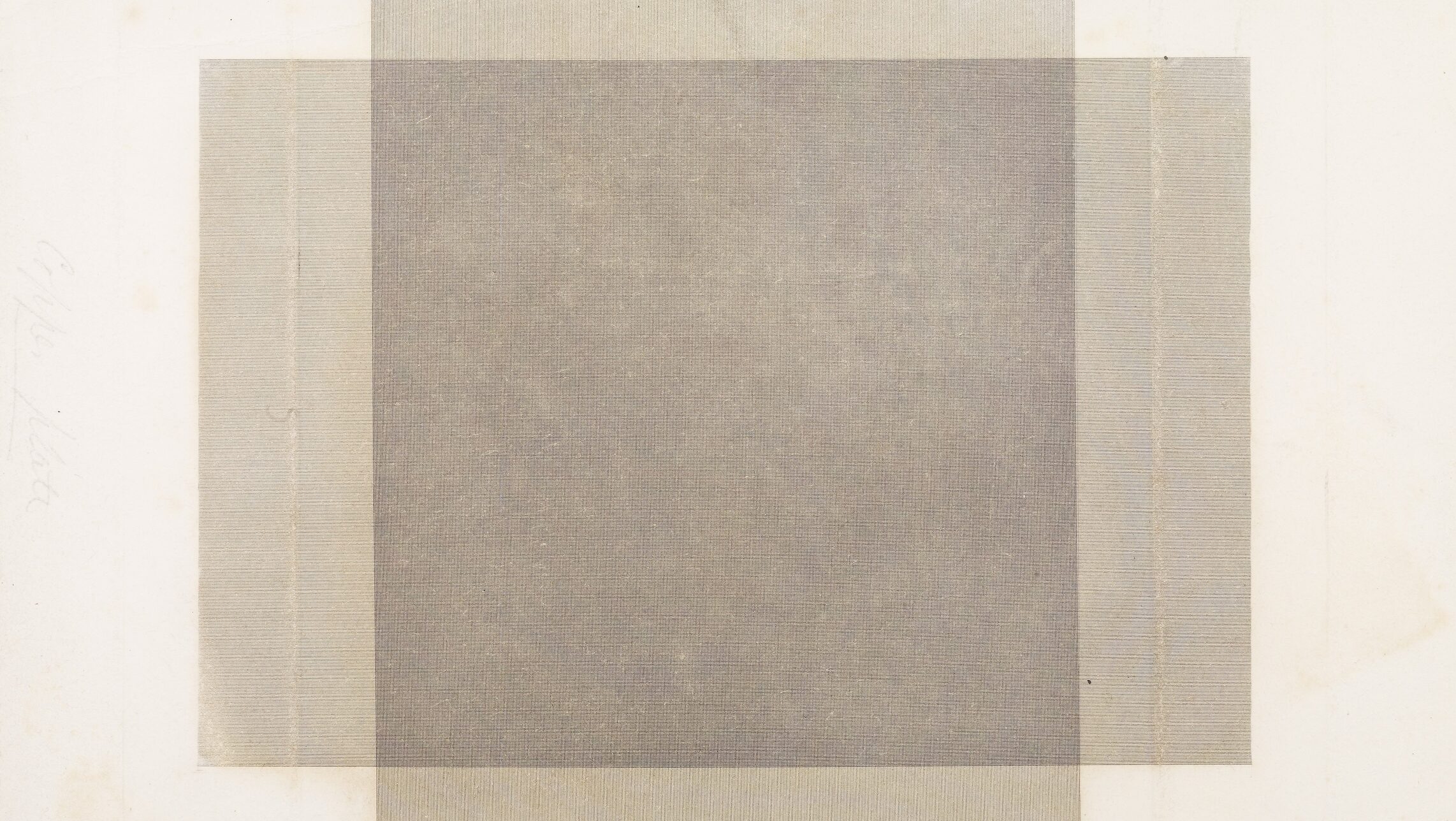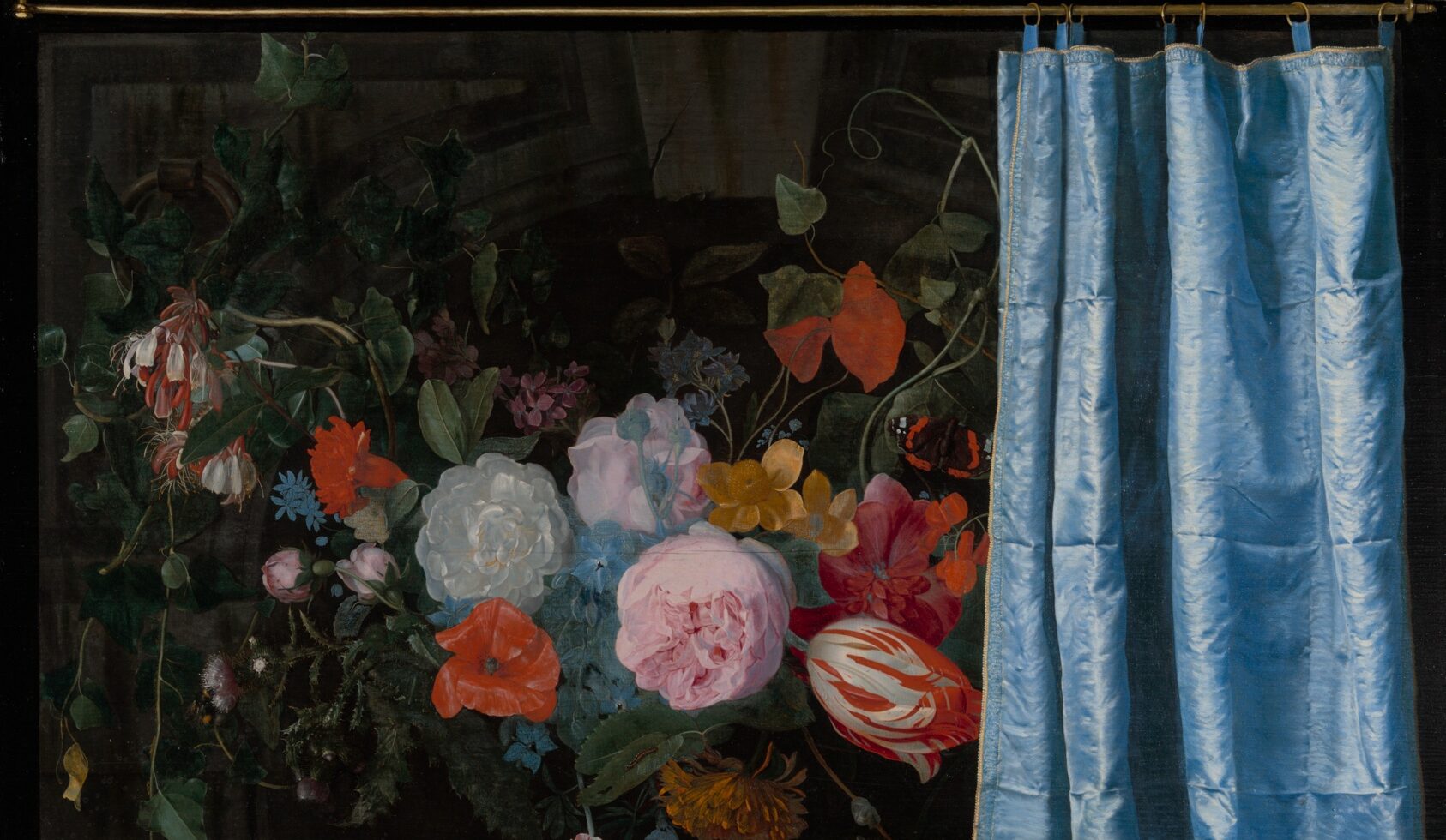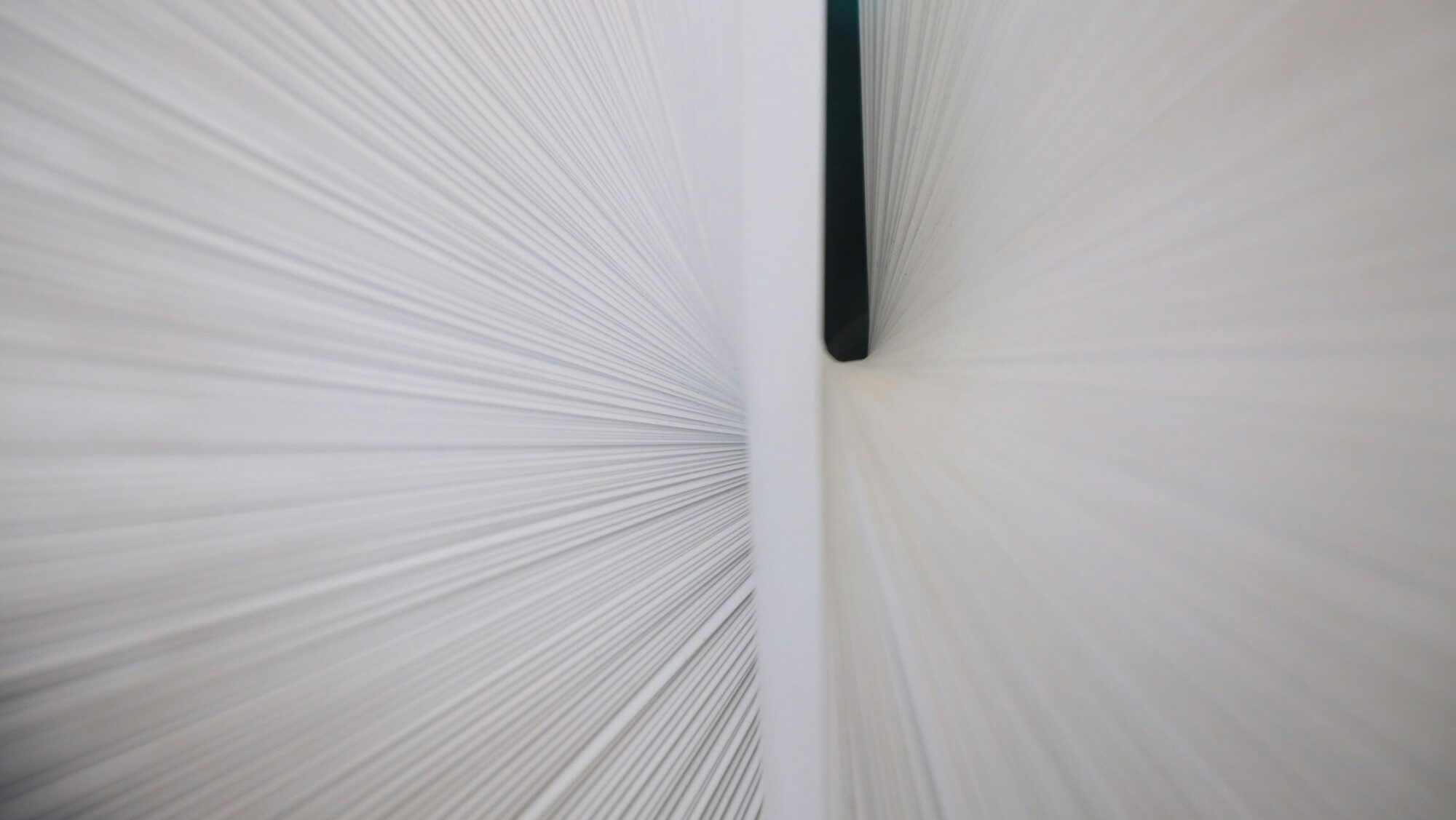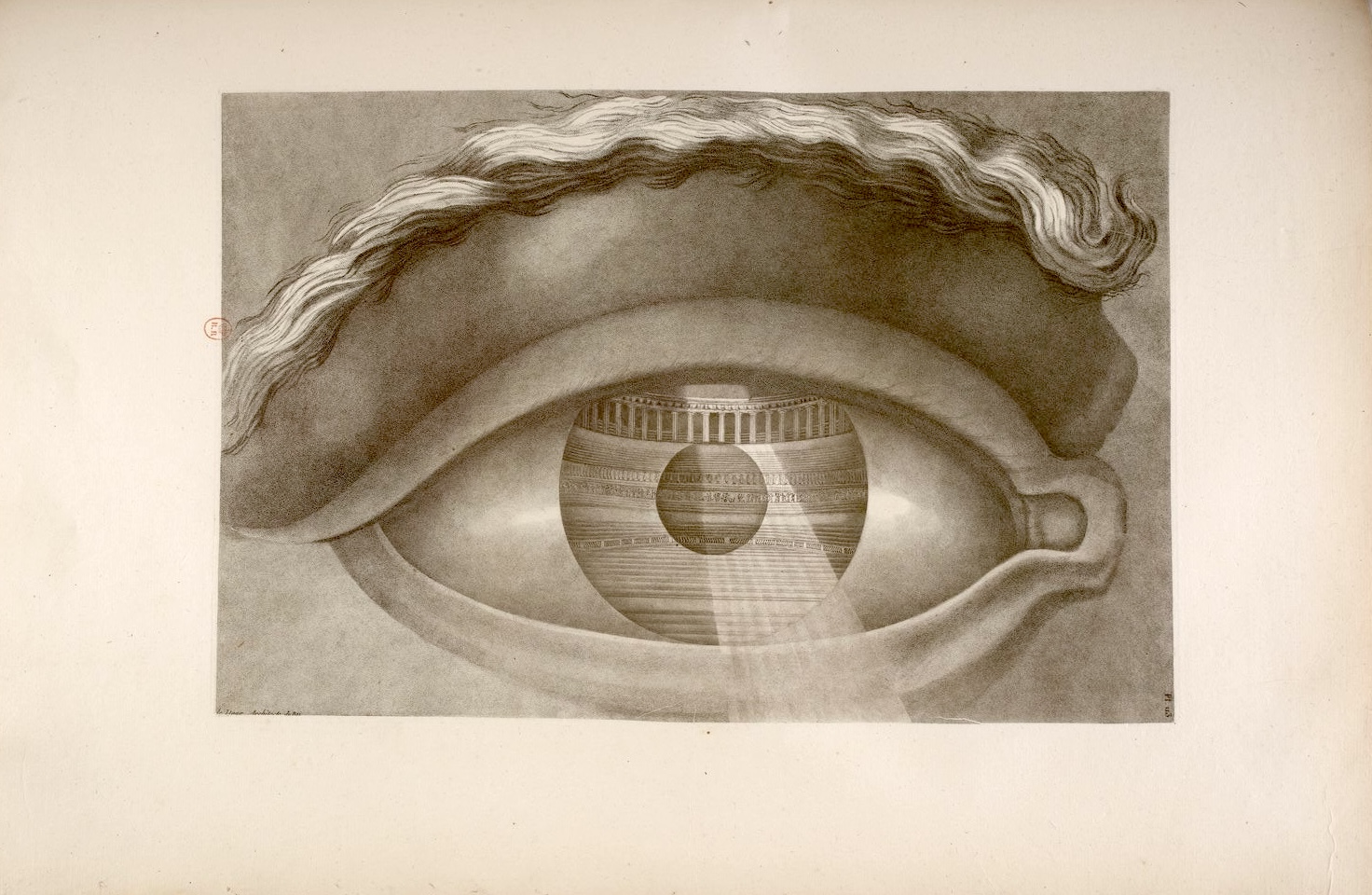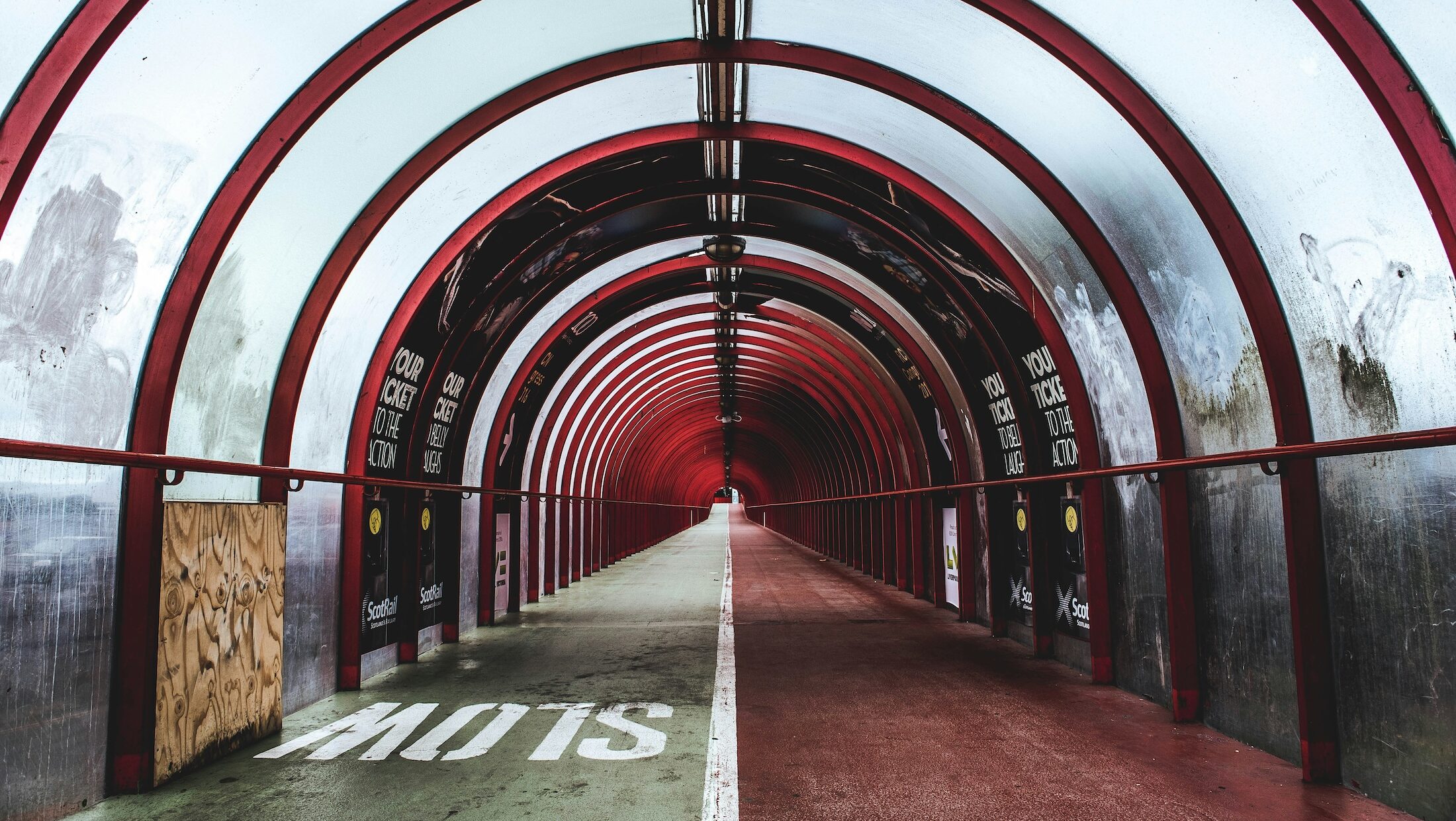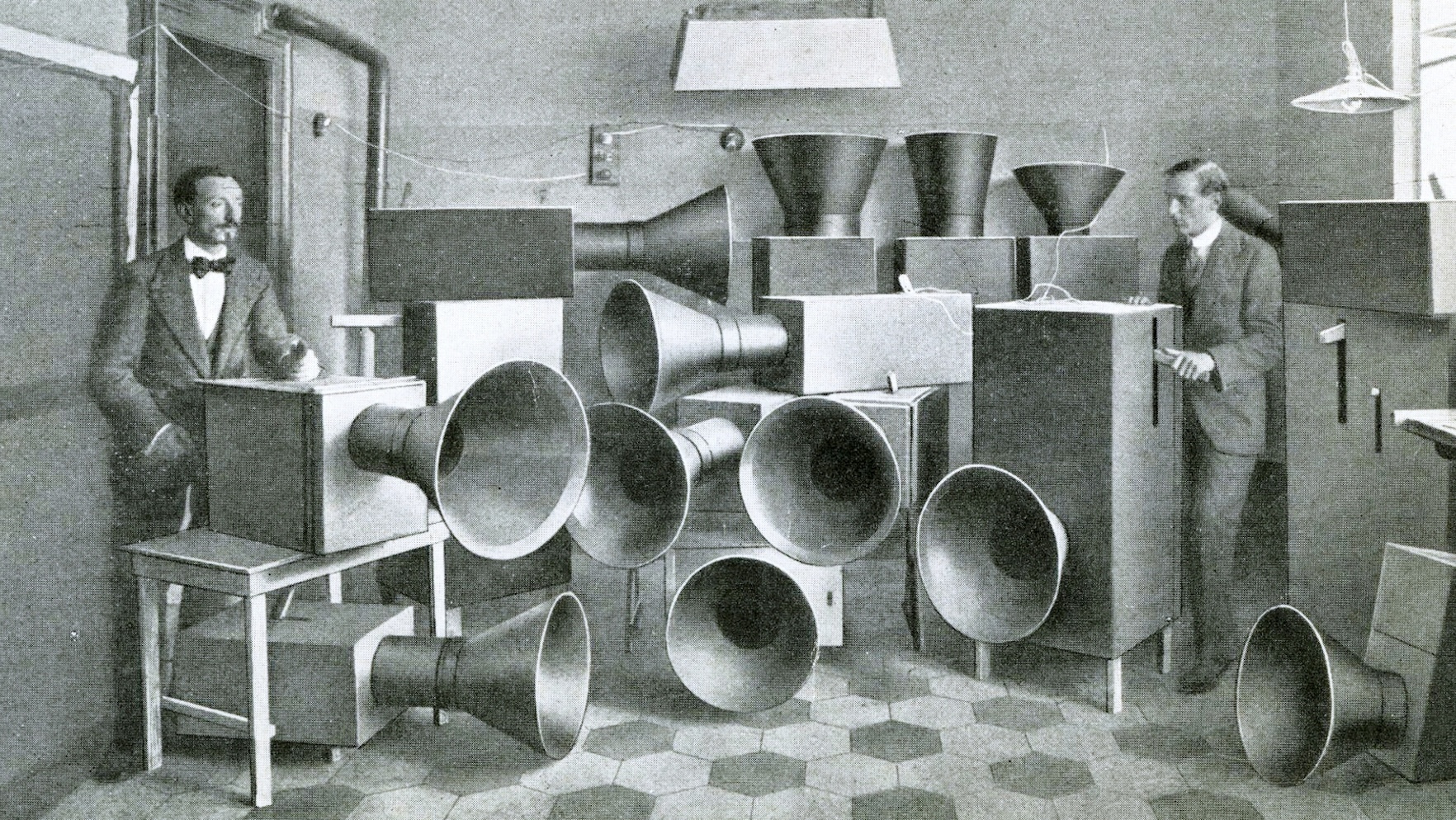This space is dedicated to exploring the principles and impact of calm design. Through research, case studies, and insights, we examine how design can foster well-being and support mindful attention management in an increasingly fast-paced world.
-
-
Our attention is being mined, flattened, and predicted. Every scroll, every click, every moment is a signal. And those signals are rarely used for our care. To design for calm is to protect attention in a landscape engineered for extraction. It’s to reclaim the present from systems that treat our minds as data.
-
-
-
-
-
-
Drawing on insights from psychology, neuroscience, and user experience, this article explores how attention actually works, and what it means to design digital experiences that respect it. From selective and sustained attention to emotional and cognitive focus, calm design invites us to treat attention as a living, layered process.
-
-
A massive blackout across Spain became an unexpected invitation to notice what happens when digital interfaces vanish. This article explores what that moment revealed about Calm Design, ambient intelligence, and how we might reimagine technologies that support life calmly, without hijacking our attention.
-
As artificial intelligence evolves to express emotions more convincingly, designers face a new challenge: how to create technology that engages users without crossing the line into emotional manipulation. In this rapidly shifting landscape, Calm Design offers a unique lens to navigate the complexities of human-AI emotional dynamics.
-
-
Calm design is often dismissed as unrealistic in an economy that thrives on engagement. But is an attention-respecting approach to UX truly at odds with business success? This article explores why calm design isn’t just feasible—it’s a necessary shift toward more sustainable and user-friendly digital experiences.
-
In a world where digital experiences often bombard us with distractions and overstimulation, The Calm Design Approach offers an alternative, a design philosophy rooted in intentionality, presence, and depth. By shifting the focus from capturing endless attention to creating mindful interactions, this approach prioritizes well-being, cognitive clarity, and meaningful engagement.
-
-
In a world dominated by screens, paper’s tactile, focused experience is being rediscovered in new ways. This post explores how paper, an ancient invention, continues to shape modern digital design, and whether its power to create focused, mindful experiences can inspire a new wave of calming, distraction-free technologies.
-
Gamification is often associated with engagement and motivation, but it can also introduce distractions that seem at odds with a mindful, calming environment. By simplifying rewards, focusing on intrinsic motivation, and using subtle feedback, we can create a gamified experience that enhances mindfulness rather than detracting from it.
-
-
Some design choices feel almost hostile, tricking users, making actions confusing, or manipulating behavior for profit. These so-called dark patterns are easy to spot but harder to challenge. That’s why I’ve been working on a simple framework to help evaluate when a design prioritizes business goals at the expense of user well-being.
-
-
-
-
-
-
-
